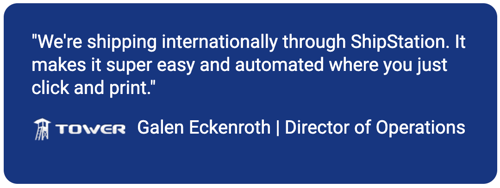A Quick Guide on Global Fulfillment
You've already dominated your local market. Now it's time to set your sights higher and start shipping internationally.
Learn the basics of expanding your ecommerce company with our free guide, International Shipping From The U.K.
View Guide for Other Countries:
Canada, United States, US
